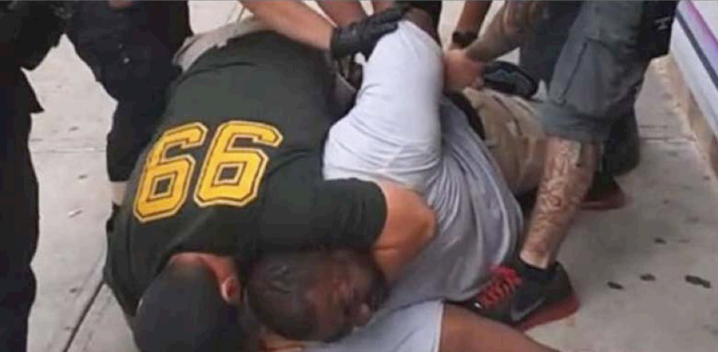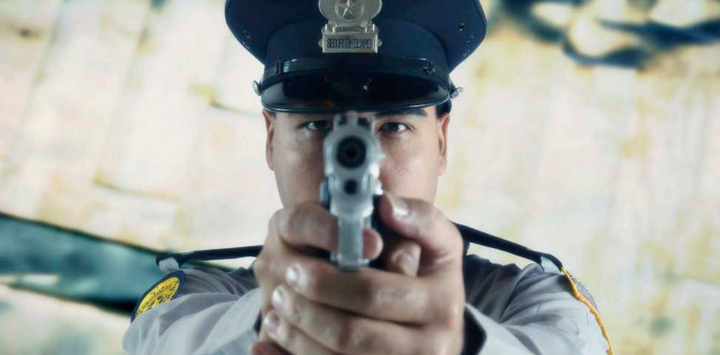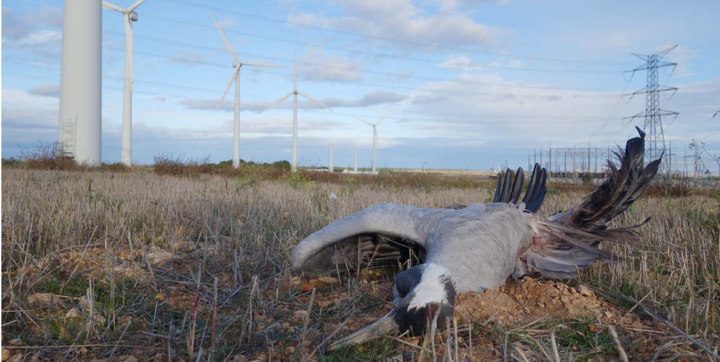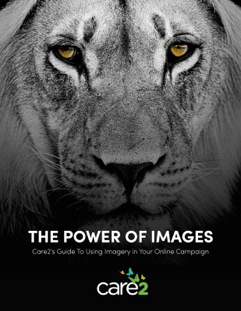As communicators, we are passionate about the work of our organizations. We dedicate time to crafting the right message, honing our target audience, and getting the message out.
But all that work may be for naught if we fail to quickly engage potential supporters for our cause. The best way to do that?
Powerful Imagery
Because images play such an important role in communicating your message – and motivating readers to action – thoughtful image selection is a must. The ideal image communicates your campaign’s main idea clearly without the need for additional explanation.
Is Your Image Relevant to the Campaign’s Main Message?
The subject of the campaign should inform the choice of image. If the campaign is about a dog rescuer fighting to keep her animal shelter open, the ideal image might feature the actual woman and one of the dogs. It would be close up, clear, and evoke emotion.
Is Your Image Authentic?
In a world dominated by social media, authentic imagery – images that are directly sourced from the specific story that you are telling in your campaign – is becoming more important for credibility.
For instance, this image depicting the attack on Eric Garner is far better at communicating the need for police reforms:

.… than this stock image:

Is Your Image Emotionally Compelling?
Eliciting an emotional response from potential supporters is vital to the success of your campaign, but that response should be a singular, specific emotion. Before you begin your image selection process, review existing creative assets for your campaign and determine the campaign’s emotional tone. You will want to ensure that the emotional tone of your campaign is consistent across words and images.
Living creatures are far more relatable than abstract concepts. These images are also more likely to elicit an emotional response that will lead to engagement.
For example, a petition calling for action to reduce wind power-related bird deaths would be better served by a photo like this:

… than a more conceptual photo like this:

Is Your Image Action-Oriented?
Your image should compel the people who see it to feel they urgently need to solve a problem. Use action photos wherever possible. This helps visually communicate the problem and what will continue to happen if the potential supporter does not take action.
For example, let’s consider the ongoing campaign to stop the Canadian seal hunt. This action photo makes readers want to stop the man from clubbing the seal:

The previous image is not a close-up, but it is more powerful at communicating the problem than this simple photo of a happy seal.

Positive Vs. Negative Imagery
Care2’s internal testing shows that negative images like the seal hunt photo can boost response rates by 7 - 24 percent.
However, the very last thing you want to do is support a visual narrative that undermines your organization’s long-term goals for problem solving and supporter engagement.
Three key questions to ask:
- Does your image empower potential supporters? Too much negative imagery can feed cynicism and cause supporters to tune out.
- Does your image reinforce harmful stereotypes?
- Is your image consistent with the pictures supporters will see in subsequent communications?
Want more tips to make your campaigns stand out? Check out our full guide to The Power of Images.
This white paper includes more important points to consider, tons of additional examples, and tips on photo resolution, cropping, and creating composite images. Check it out here.



COMMENTS